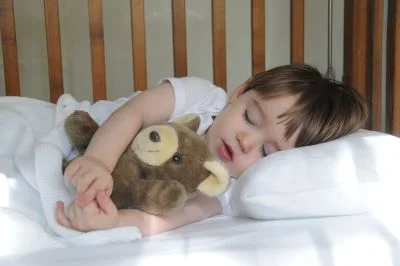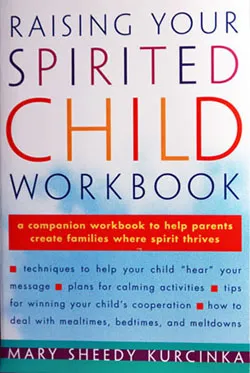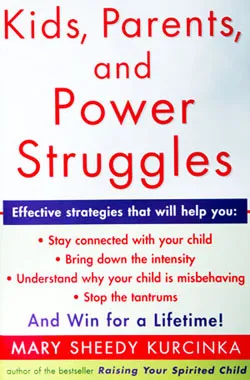Intentional Evenings Lead to Peaceful Bedtimes

Developed by Mary Sheedy Kurcinka Ed.D. and Lynn Jessen M.A.
Go to sleep! If only we could wave a magical wand that ended all the protests and call backs. Unfortunately, there is no magical wand, but you can set yourself and your children up for a peaceful bedtime with these six simple steps to cue your child’s brain to be ready for sleep.
- Reduce exposure to light. Eliminate or stop use of electronics at least one hour before lights out. Avoid bright artificial lighting. In summer use blackout shades in bedrooms.
- Move bath or shower out of your child’s bedtime routine if it’s alerting rather than calming. Before, or right after dinner, may be a perfect time.
- Read as an evening activity - not part of the bedtime routine. That way, the plea for “one more book,” will not push your persistent child past her window for sleep.
- Know the sleep cues. The first yawn, stumble, eye rub, or little difficulty remembering the rules are indicators that it is time for sleep. Begin your sleep routine now, while your child is still happy and can work with you.
- Keep your sleep routine simple so it can be completed within 20-30 minutes. For example: bedtime snack, toileting, teeth brushing, pajamas, a few minutes of talk time, kiss/hug and good night. (Your child has already read books and bathed.) Turn the routine into a visual plan so even a two-year-old can predict and follow the steps. If your child is one who needs winddown time before sleep, complete the first four steps of the routine early enough to allow for that time and still hit her window for sleep. Once your child is calm, finish the routine with talk time, a kiss/hug and goodnight.
- Maintain a consistent bedtime. Do not make staying up late a reward. An erratic bedtime disrupts the body clock making it harder for your child to fall asleep and stay asleep. If at bedtime, your child is wild, cannot settle or is crying it is likely you are putting him to bed too late and he has gotten a second wind to keep him going for the next 45-90 minutes. Shift bedtime earlier.
By intentionally taking steps in the evening to cue your child’s brain it is time to prepare for sleep, you will have your child’s body clock on your side. Suddenly, that child who could not sleep is falling asleep within 25-35 minutes of lights out!
Not only will bedtime be more peaceful, but research demonstrates when parents follow this plan, their children sleep an average of 35- 65 minutes longer than children in homes without rules around sleep. That is 35-65 minutes MORE FREE TIME for YOU – our final pocket of predictability. Watch for it next week.
In the meantime, think about...
What’s your evening like? Does it set everyone up for a peaceful bedtime?
Display All Posts
Search by Topic:
Popular Posts:
- When your child yells at you: Expecting and Coaching respectful behavior
- 5 Tips to Stop the 'Strike out Tantrums:' Hitting, Biting, Kicking and Name-calling
- Why is my child suddenly clingy?
- Ten Steps to a Peaceful Bedtime for Your Spirited Child
- When Your Child’s Meltdowns are Ruining Vacation






